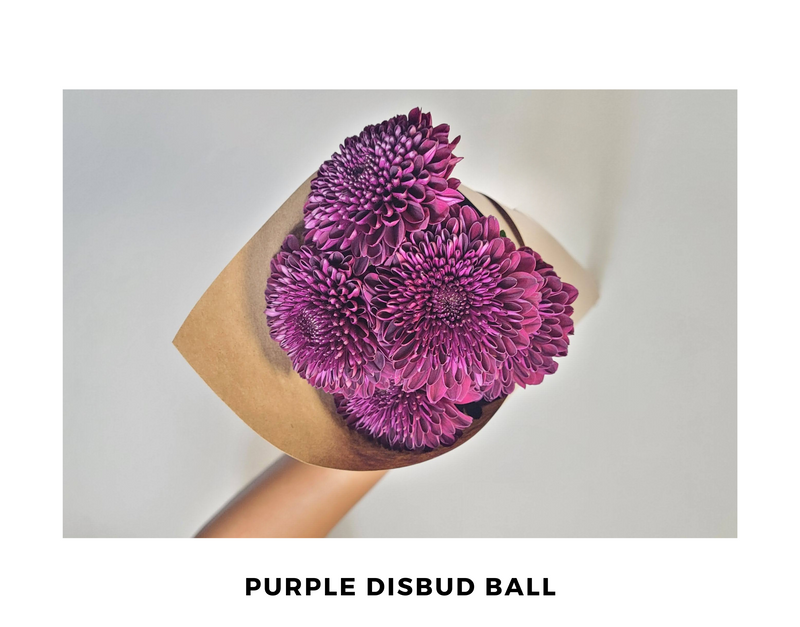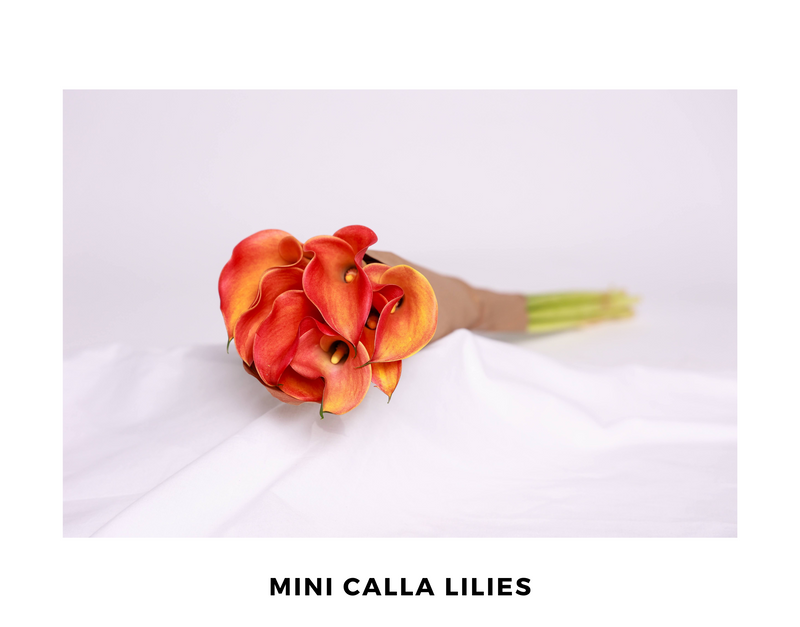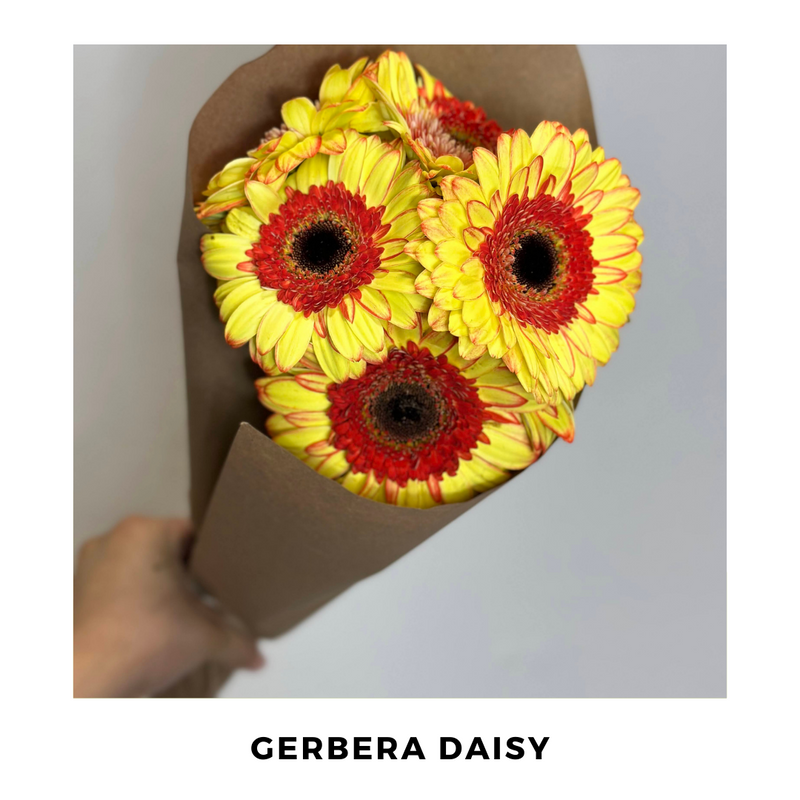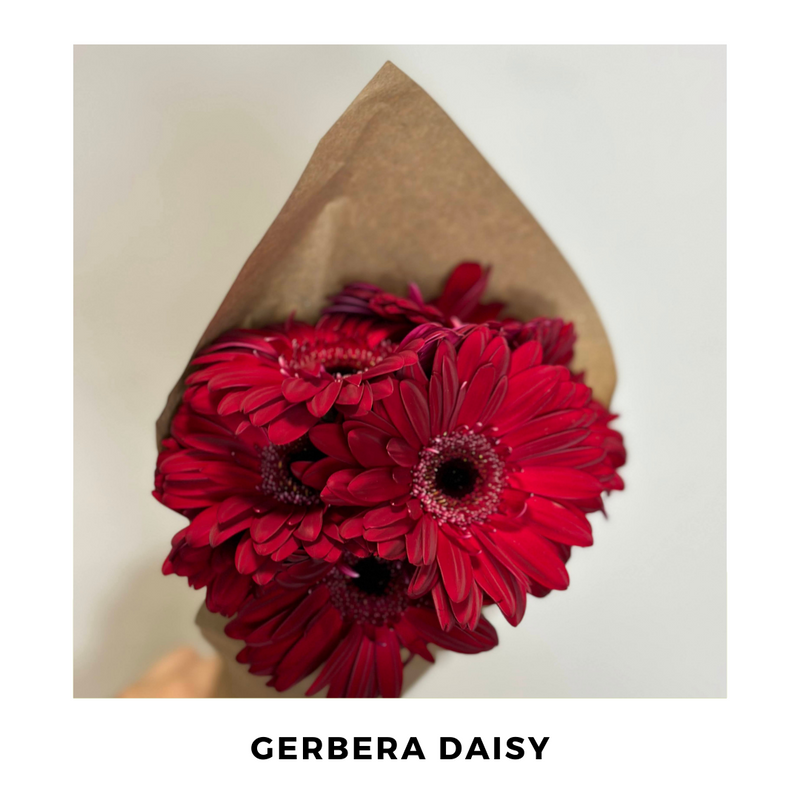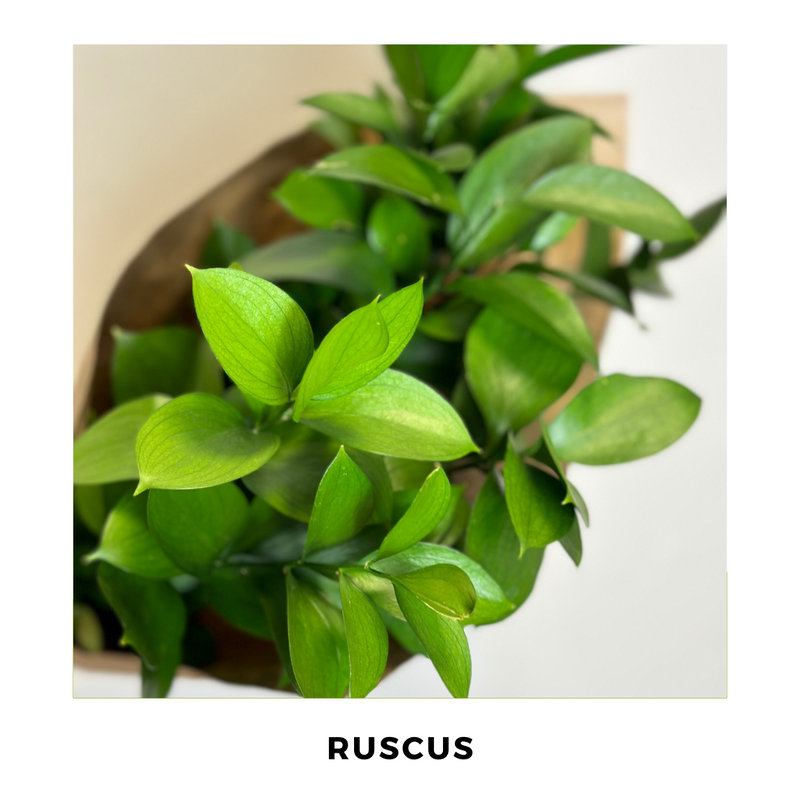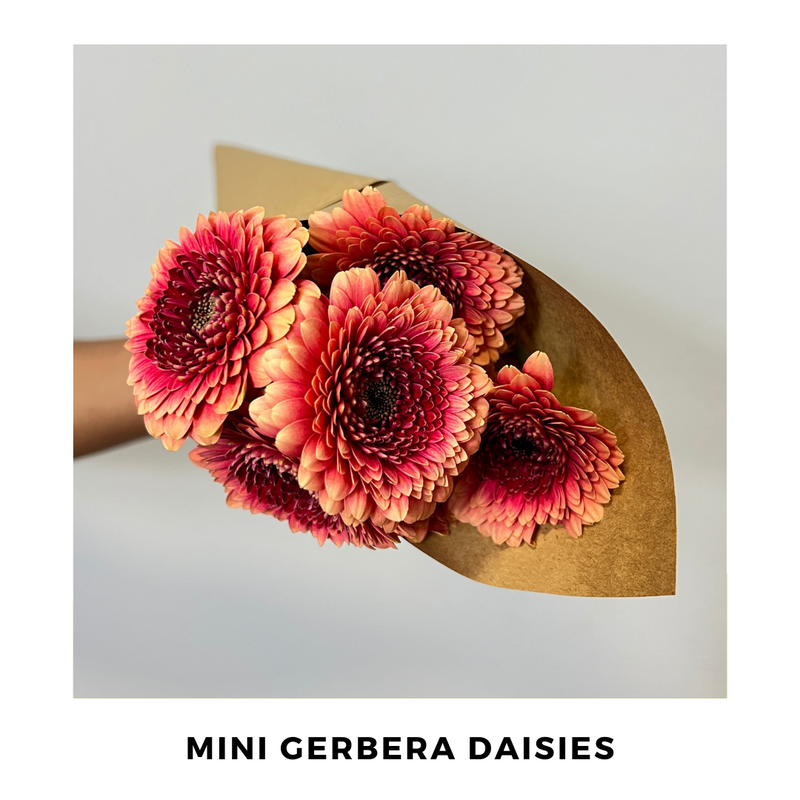What's Blooming
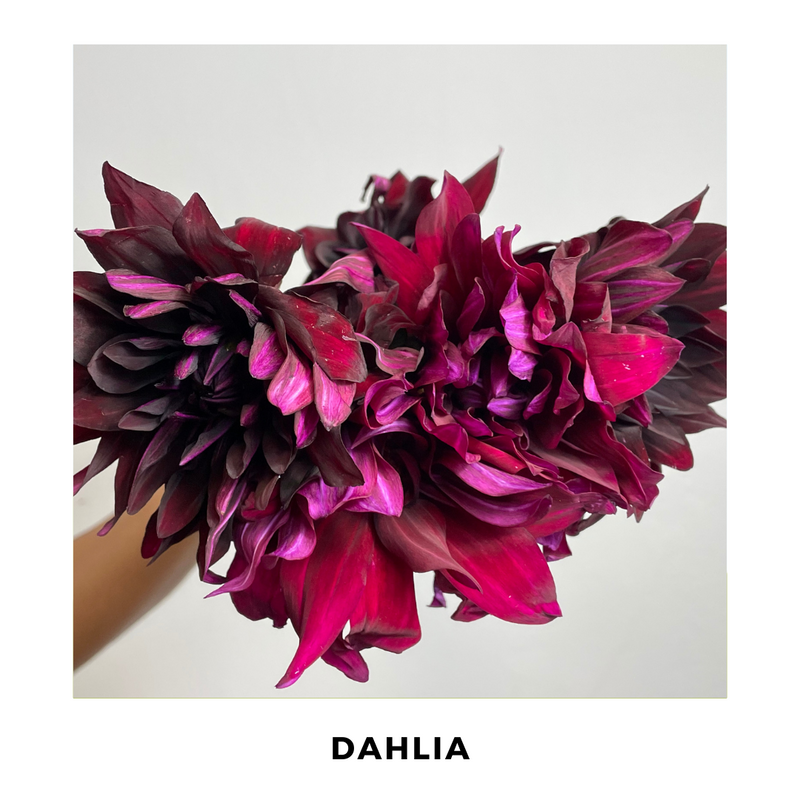
Dahlia
Dahlia are native to Central America and are the national flower of Mexico. The tubers were consumed as a food crop by the Aztecs. They range in size from two to 12 inches in diameter. Once cut and placed in a vase, dahlias thrive in plenty of water and cooler temperatures. Dahlias symbolize elegance, inner strength, creativity, change, dignity, and sacred values.
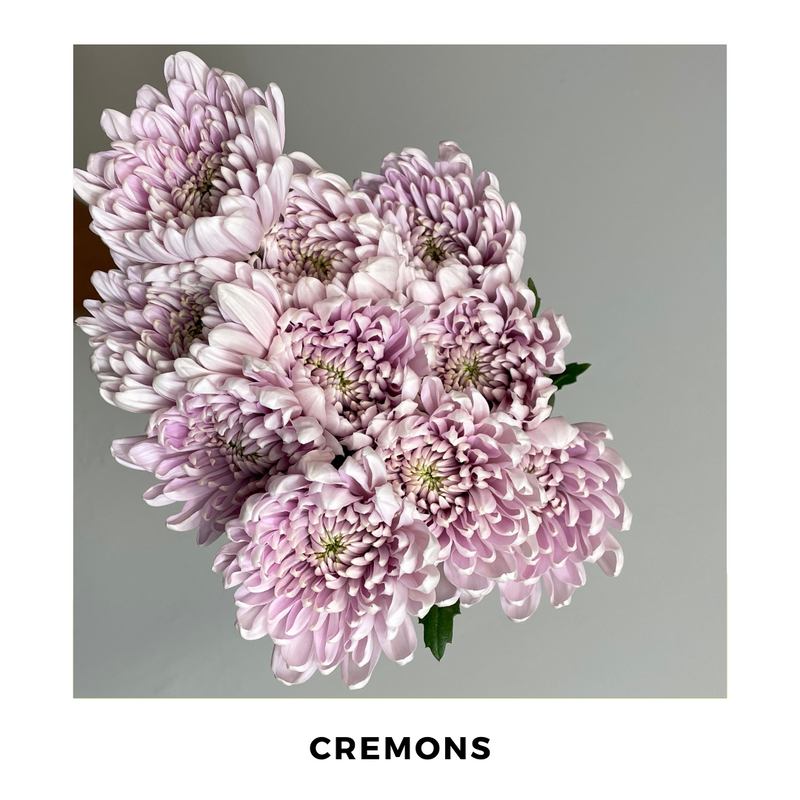
Cremons
Cremons are a type of chrysanthemum adorned with multiple smaller blooms on a single stem. Their lively colors and cheerful appearance bring an abundance of joy and festivity to any occasion, making them a delightful choice for brightening someone's day or celebrating achievements, embodying the spirit of jubilation and happiness.
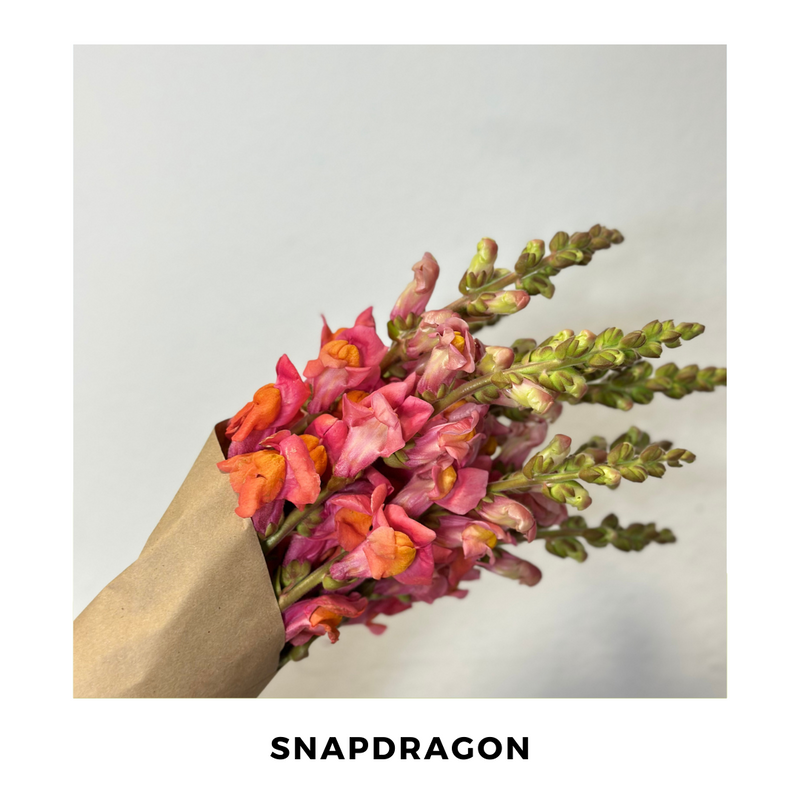
Snapdragon
Snapdragons are native to the rocky areas of the United States, North Africa and Europe. The face of the floret resembles a dragon opening and closing its mouth when laterally squeezed. The leaves and flowers have been used as anti-inflammatory poultices. Snapdragons signify grace and strength.
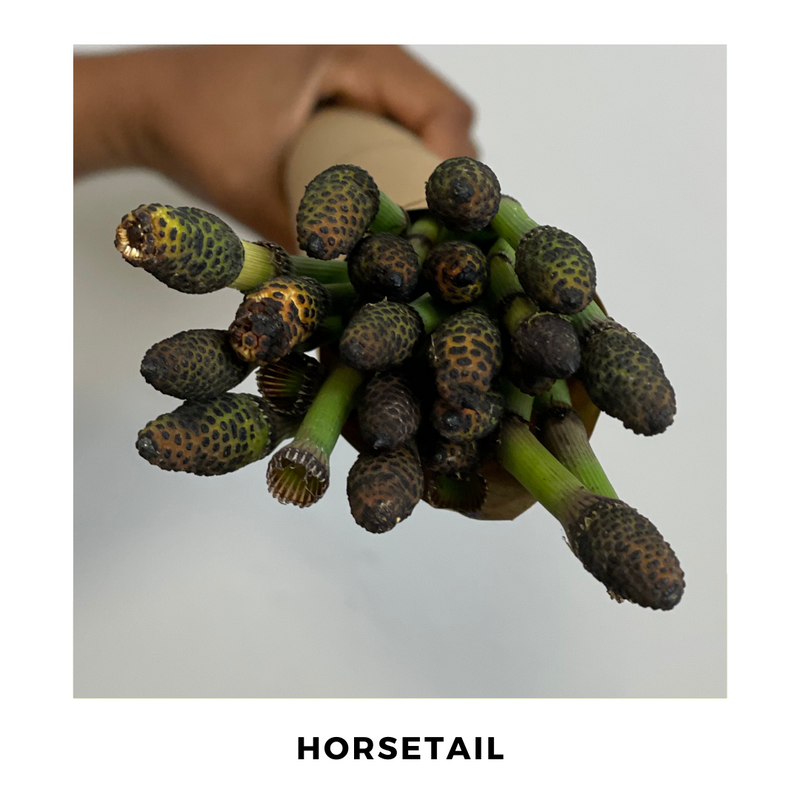
Horsetail
Horsetail, also known as Equisetum, is a primitive plant with unique jointed stems resembling the tail of a horse. Originating from various regions worldwide, it symbolizes resilience and flexibility, with a history of medicinal and ornamental uses dating back centuries.
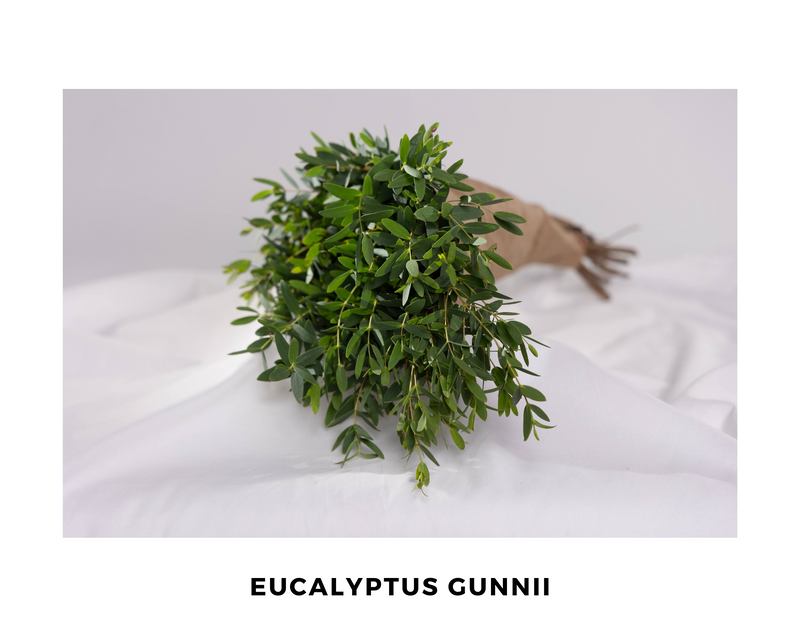
Eucalyptus
Native to Australia, eucalyptus is known for its leaves, seeds and striking flowers. Every year they grow a new layer of bark and the outer layer dies and peels off. Sacred to Aboriginals, it represents the division of the underworld between earth and heaven. They consume the sapp called Manna, for medicine, for bowls, canoes, spears, shields, art, music, etc.
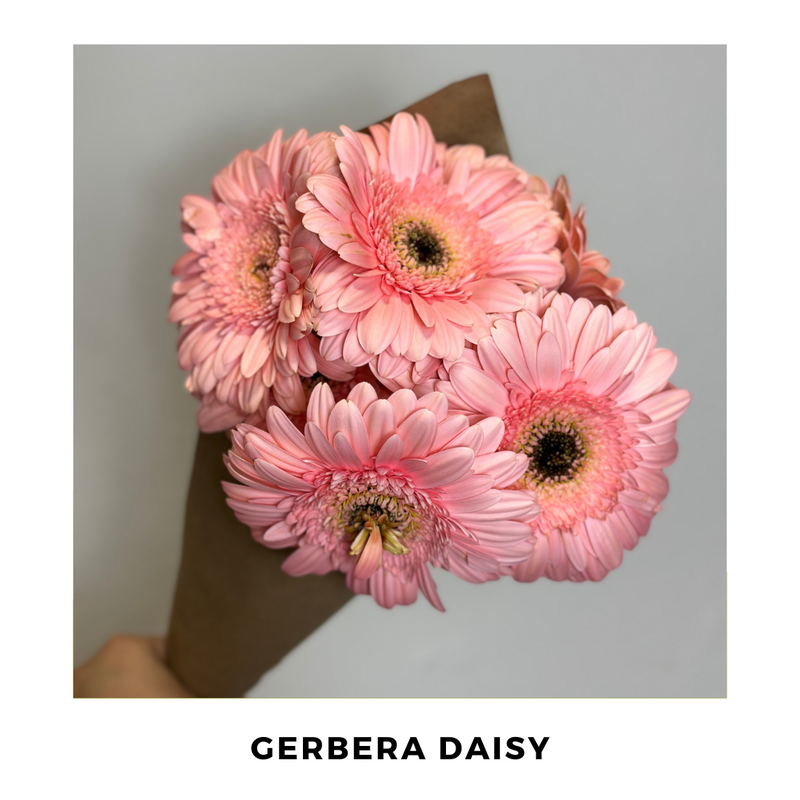
Gerbera Daisy
Gerbera or Transvaal Daisy as they are known in South Africa are native to the tropical South America, Asia and Africa. Their strikingly colorful blooms are the fifth most consumed flower worldwide after Roses, Carnations, Chrysanthemums and Tulips. They are produced in over 100 different colors and styles. Gerbera signifies purity and innocence.
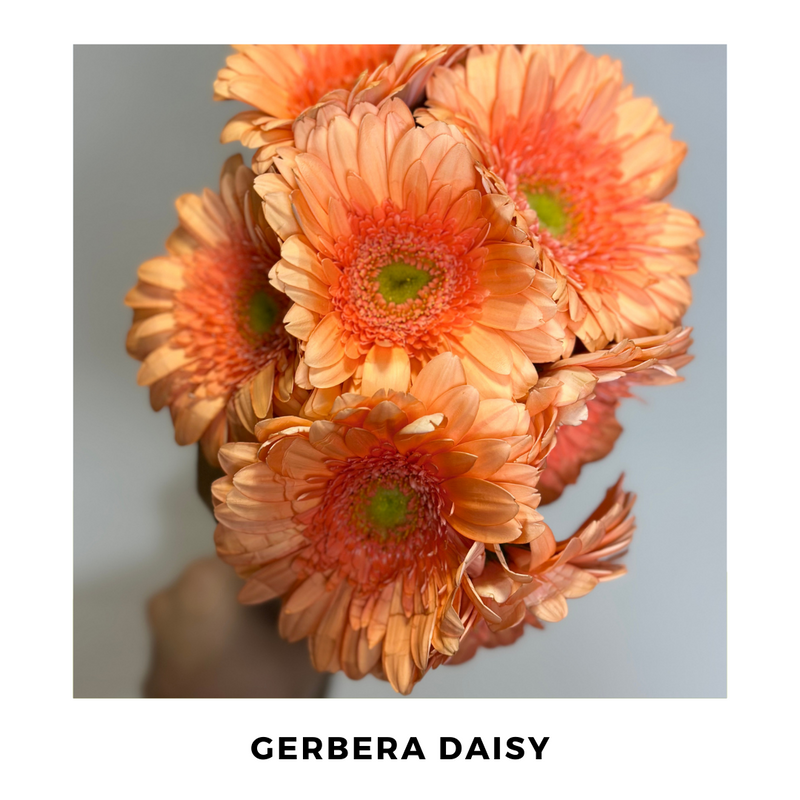
Gerbera Daisy
Gerbera or Transvaal Daisy as they are known in South Africa are native to the tropical South America, Asia and Africa. Their strikingly colorful blooms are the fifth most consumed flower worldwide after Roses, Carnations, Chrysanthemums and Tulips. They are produced in over 100 different colors and styles. Gerbera signifies purity and innocence. TAGS: Crazy Daisy
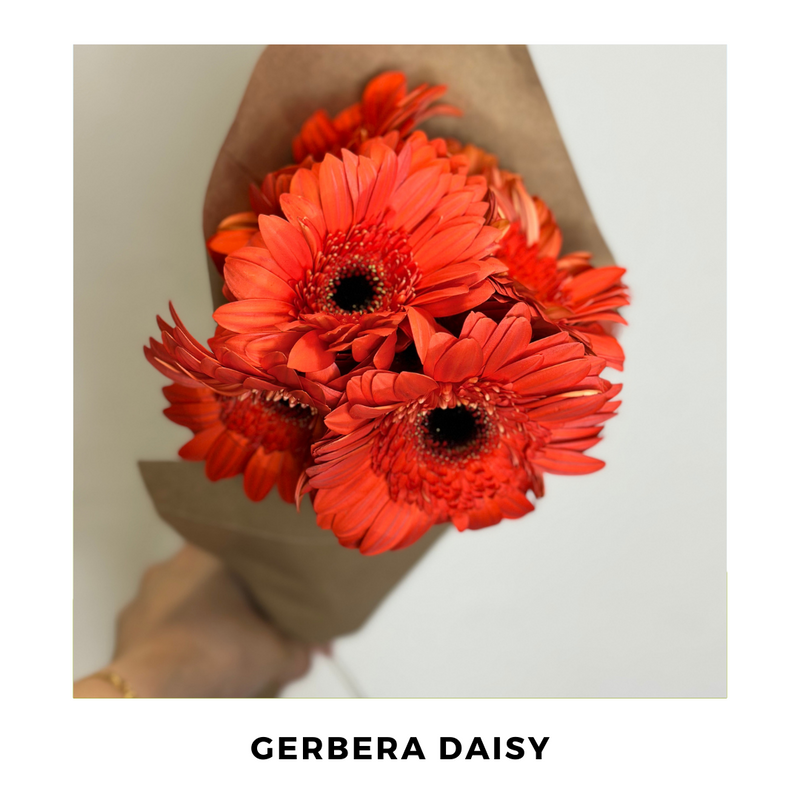
Gerbera Daisy
Gerbera or Transvaal Daisy as they are known in South Africa are native to the tropical South America, Asia and Africa. Their strikingly colorful blooms are the fifth most consumed flower worldwide after Roses, Carnations, Chrysanthemums and Tulips. They are produced in over 100 different colors and styles. Gerbera signifies purity and innocence.
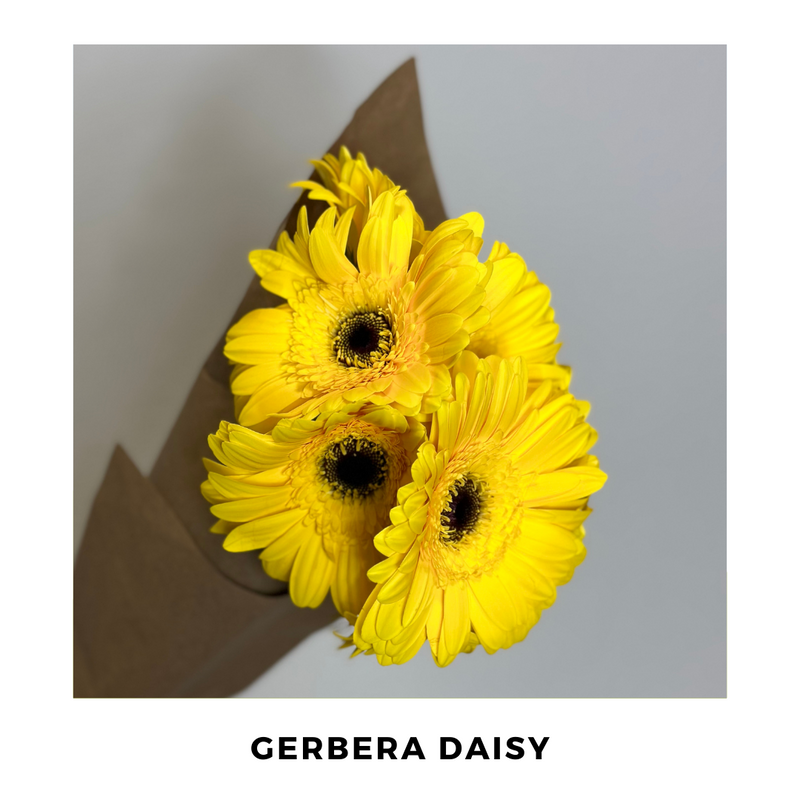
Gerbera Daisy
Gerbera or Transvaal Daisy as they are known in South Africa are native to the tropical South America, Asia and Africa. Their strikingly colorful blooms are the fifth most consumed flower worldwide after Roses, Carnations, Chrysanthemums and Tulips. They are produced in over 100 different colors and styles. Gerbera signifies purity and innocence.
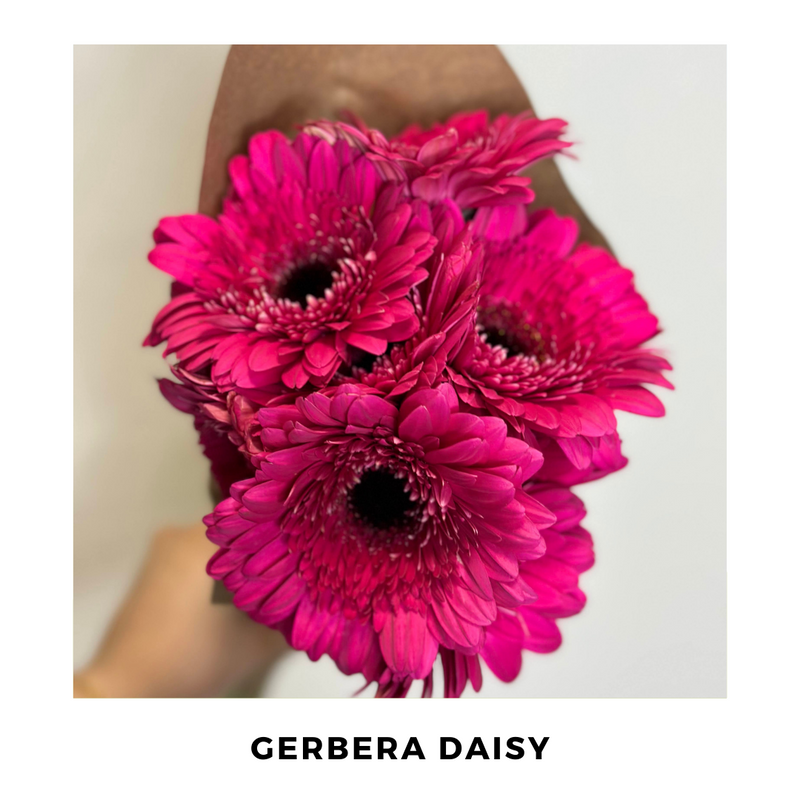
Gerbera Daisy
Gerbera or Transvaal Daisy as they are known in South Africa are native to the tropical South America, Asia and Africa. Their strikingly colorful blooms are the fifth most consumed flower worldwide after Roses, Carnations, Chrysanthemums and Tulips. They are produced in over 100 different colors and styles. Gerbera signifies purity and innocence. TAGS: Crazy Daisy
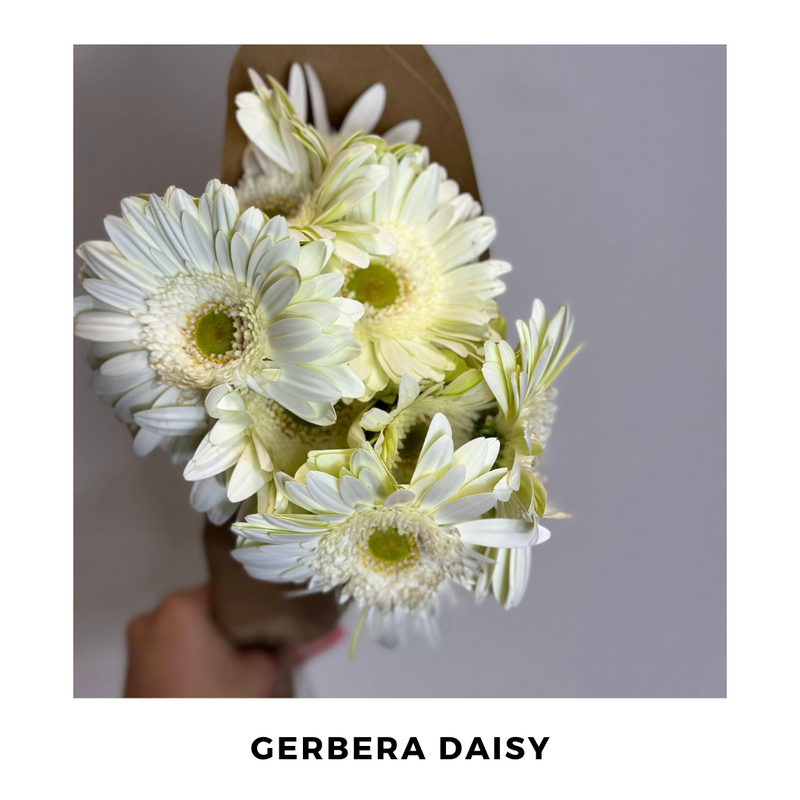
Gerbera Daisy
Gerbera or Transvaal Daisy as they are known in South Africa are native to the tropical South America, Asia and Africa. Their strikingly colorful blooms are the fifth most consumed flower worldwide after Roses, Carnations, Chrysanthemums and Tulips. They are produced in over 100 different colors and styles. Gerbera signifies purity and innocence.
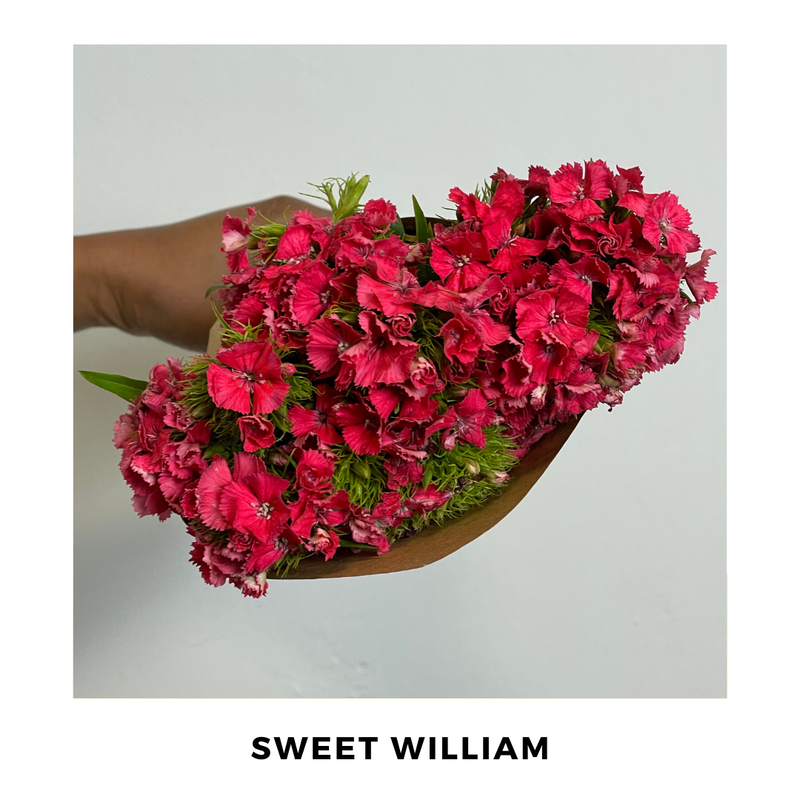
Sweet William
Sweet William is a species of flowering plant in the family Caryophyllaceae, native to southern Europe and parts of Asia. It has become a popular ornamental garden plant. It is a herbaceous biennial or short-lived perennial plant. Each flower is 2–3 cm diameter with five petals displaying serrated edges. Wild plants produce red flowers with a white base, but colors in cultivars range from white, pink, red, and purple to variegated patterns. Sweet William symbolizes admiration, passion, love, and gratitude
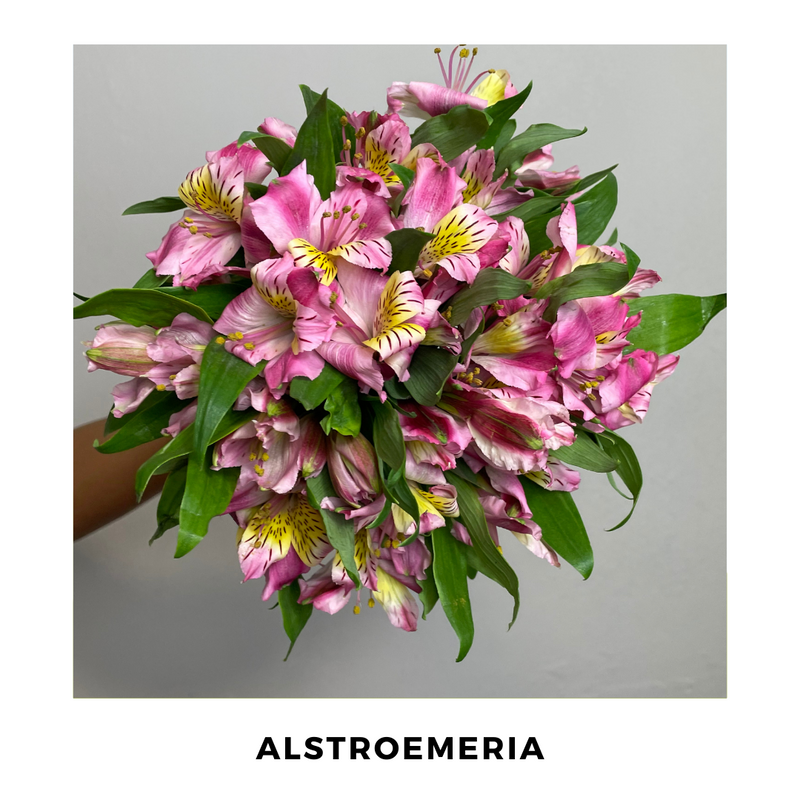
Alstroemeria
Alstroemeria is originally from South America and can grow up to five feet tall. They can have a vase life of two weeks and are associated with our willingness to help one another through the ups and downs we face in our lives. They symbolize fidelity, friendship, robustness, and love.
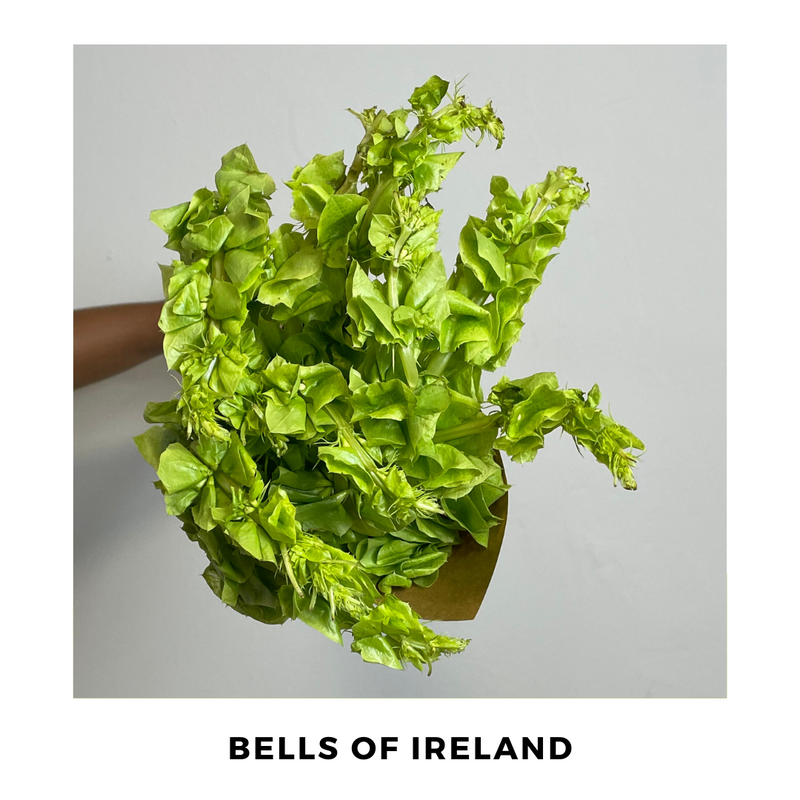
Bells of Ireland
Bells of Ireland, moluccella laevis or shell flower, is a summer-flowering annual, native to Turkey, Syria, and the Caucasus. A member of the mint family, the blooming stems can be cut and used in fresh or dried flower arrangements. It is cultivated for its spikes of flowers. In the language of flowers, it represents luck.
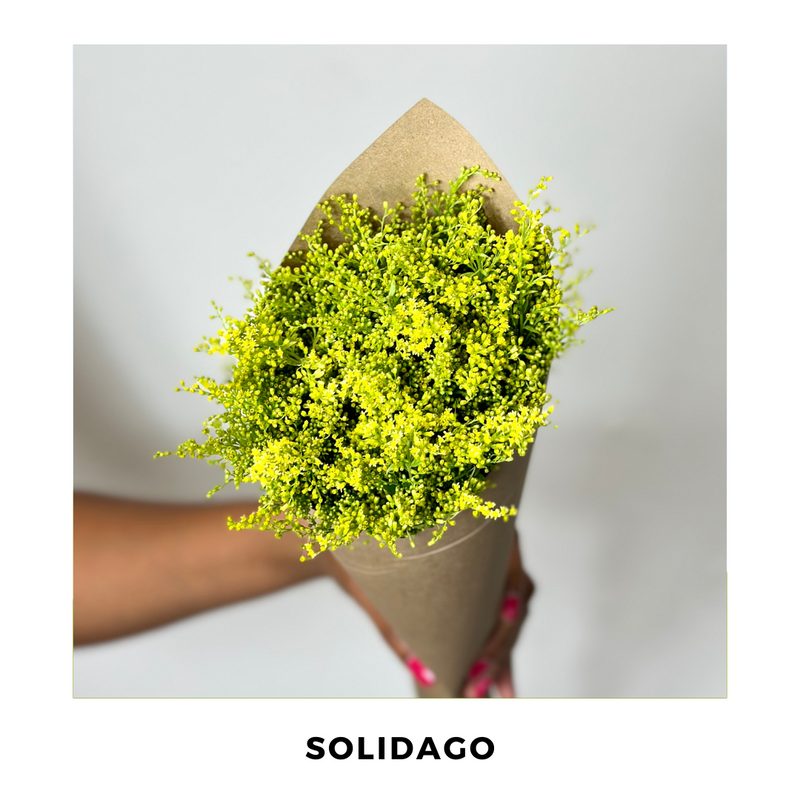
Solidago
Solidago or Goldenrod is native to the Americas and is used in floral designs while their leaves are processed into herbal teas. Thomas Edison experimented with it because they contain rubber. Henry Ford famously gave him a Model T with tires produced by Solidago. Considered a sign of good luck or good fortune, they are often given to those who have lost loved ones.
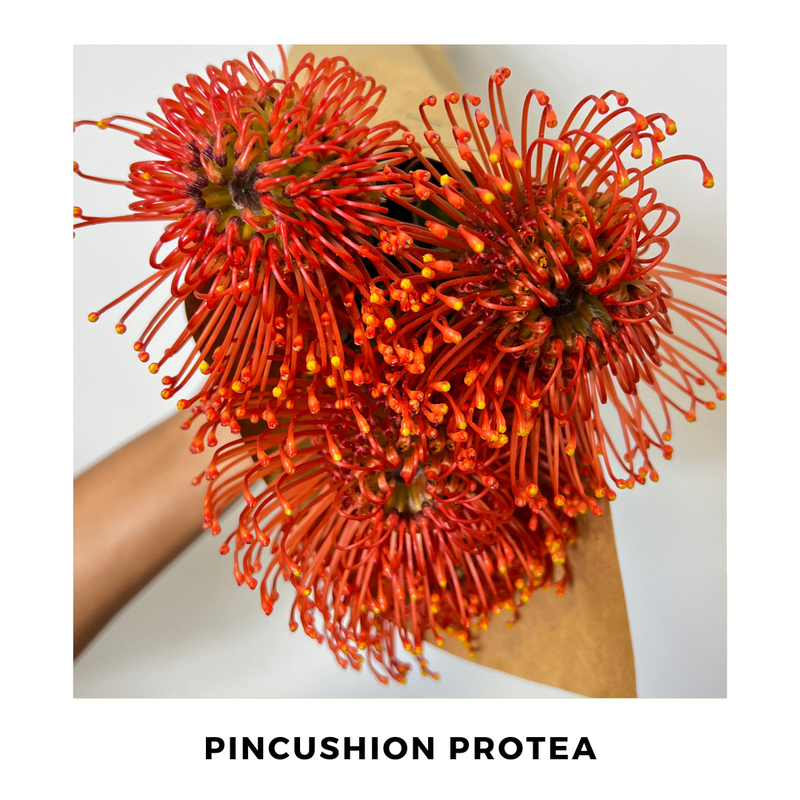
Pincushion protea
Native to South Africa, the Pincushion Protea captivates with its unique, spherical flower head and long-lasting blooms. It symbolizes the courage to embrace change and resilience in the face of challenges, making it an inspiring choice for commemorating new beginnings.

curly willow tips
Also known as curly willow or tortured willow, corkscrew willow (Salix matsudana ‘Tortusa’) is easy to identify by its long, graceful leaves and curly, contorted branches, which become especially noticeable during the winter.
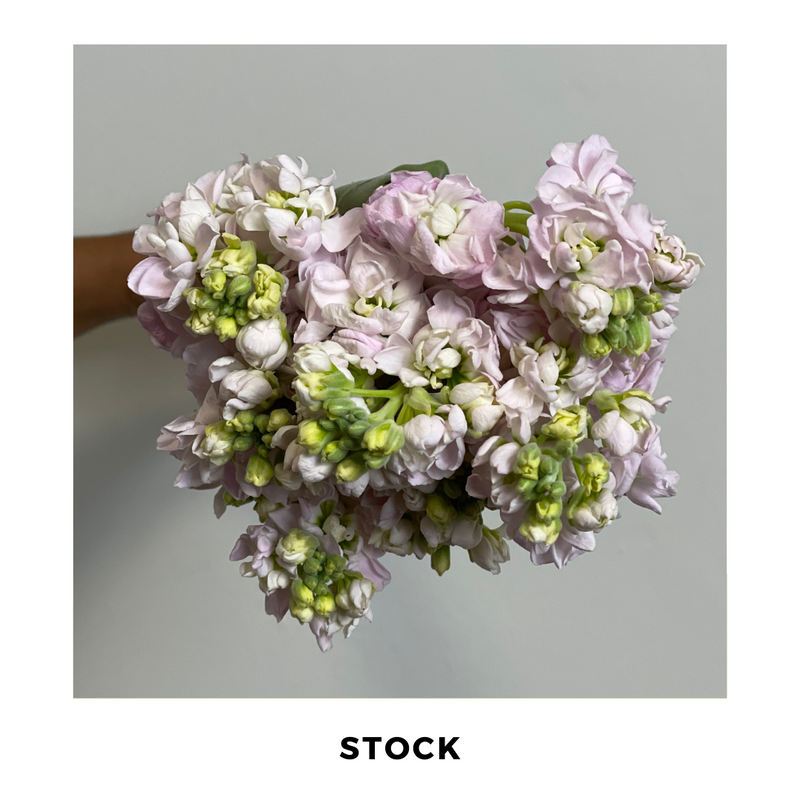
Stock
Stock is a genus of flower in the mustard family. It is native to Europe, growing often on cliffs overlooking the sea. It has been coveted for its clove-like scent and colorful blooms. Stock is a symbol of a happy life.
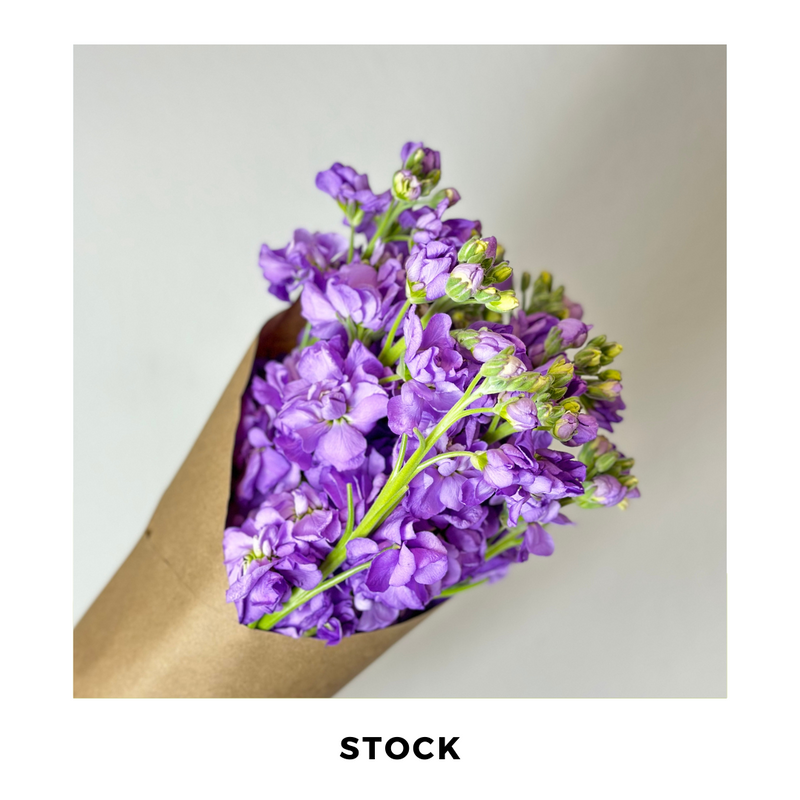
Stock
Stock is a genus of flower in the mustard family. It is native to Europe, growing often on cliffs overlooking the sea. It has been coveted for its clove-like scent and colorful blooms. Stock is a symbol of a happy life.
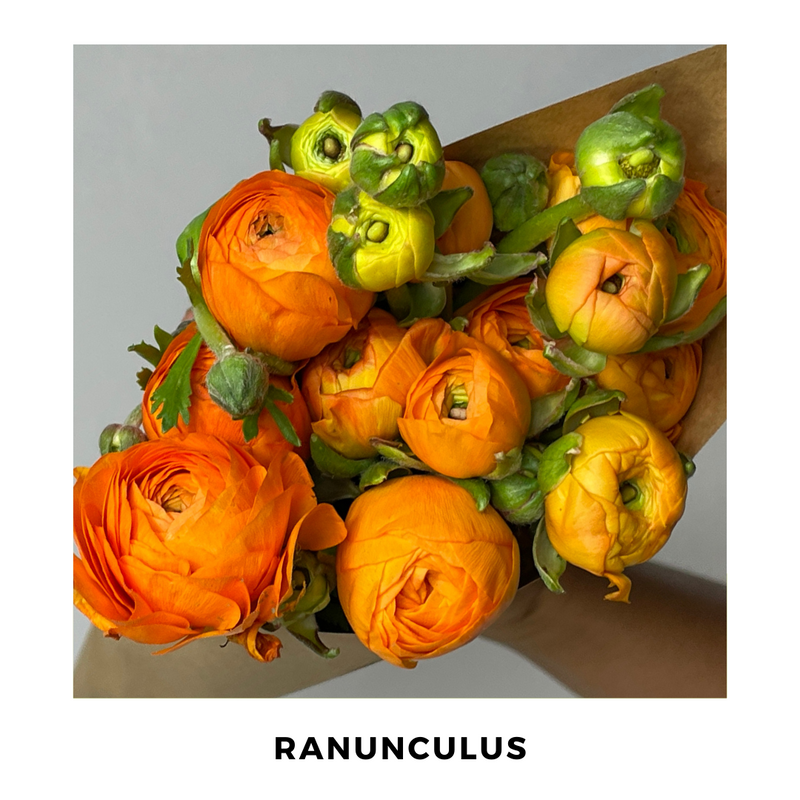
Ranunculus
Ranunculus is a large genus of about 600 species of flowering plants in the family Ranunculaceae. Member of the genus are known as buttercups. The name Ranunculus is Latin for “little frog the diminutive of rana. This probably refers to the fact that like frogs, many of the species are found near and in water. Ranunculus signifies being in touch with one’s inner child.
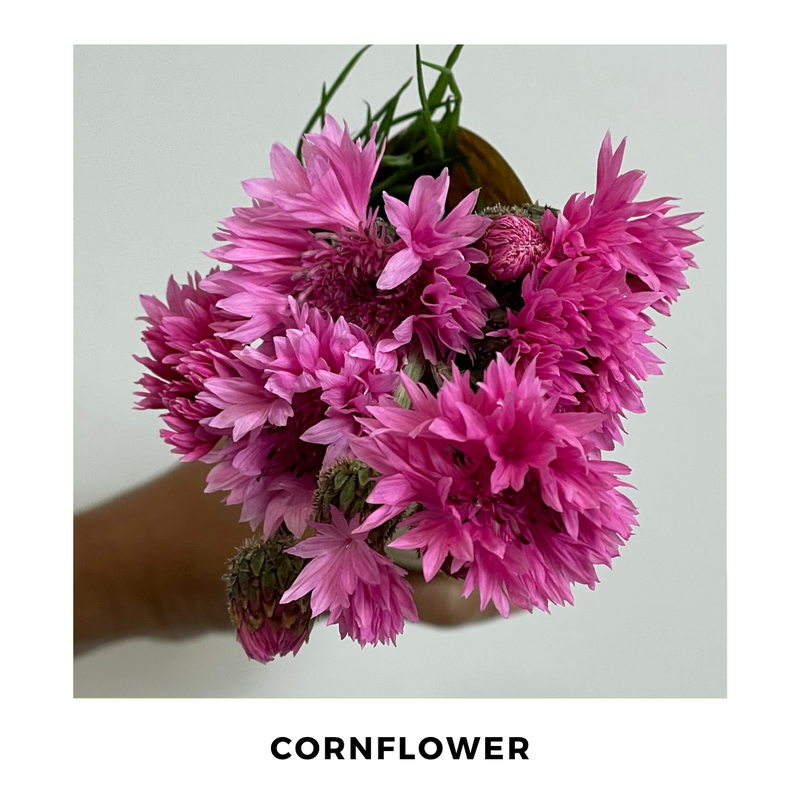
Cornflower
Bachelor's Button or Cornflower are native to Europe. Their flowers are about half to one inch in diameter and are predominantly royal blue in color, but are occasionally available in white, pink, lavender and dark maroon. They symbolize delicacy, purity of feelings and good fortune. The flower is said to be able to tell the future outcome of a new relationship.
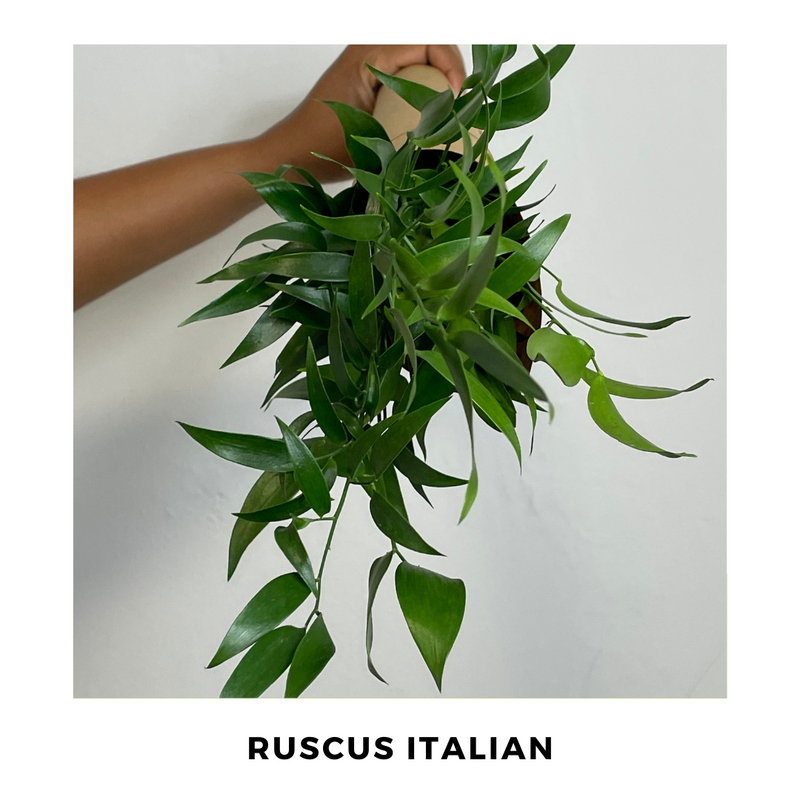
Ruscus
Each stem of Ruscus Greenery features several laterals, covered in shapely pointed green leaves. A classic foliage, this emerald greenery adds a dainty, soft touch to sweet and serene flower arrangements. This versatile greenery is an affordable way to make your designs go far. These humble leaves are an ideal accent for bouquets and arrangements focused more on the flowers than abundant greenery.
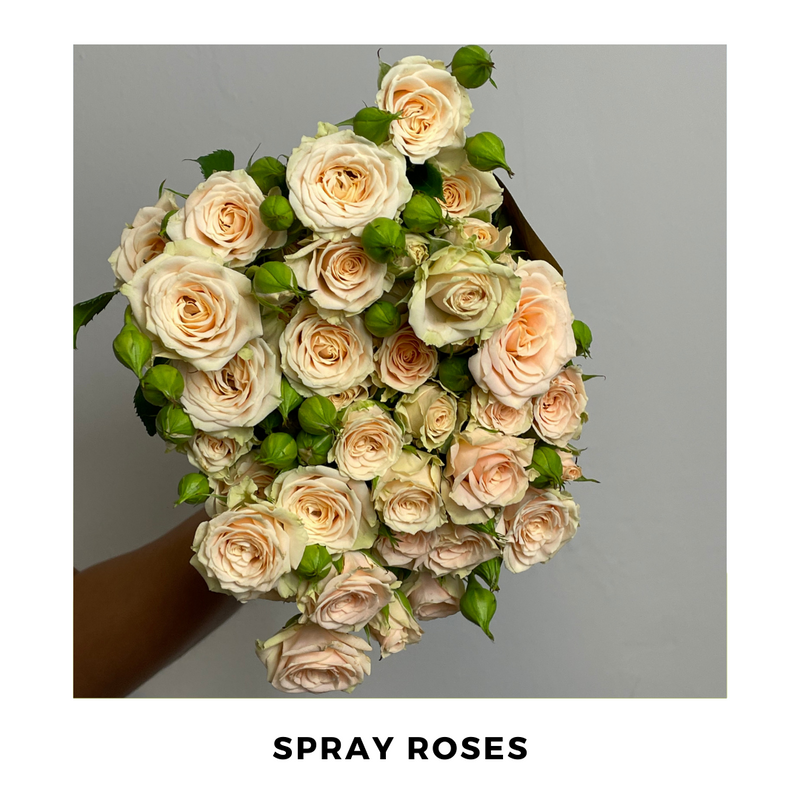
Spray Roses
Most of the 300 species of roses are native to Asia and are used for floral design, landscaping, and perfumes. There are about 35k rose hybrids and cultivars. Rose hips are produced as a supplement for their high vitamin C content. Roses are associated with the goddess Aphrodite and the Virgin Mary. They eventually led to the creation of the rosary and signify intrigue.
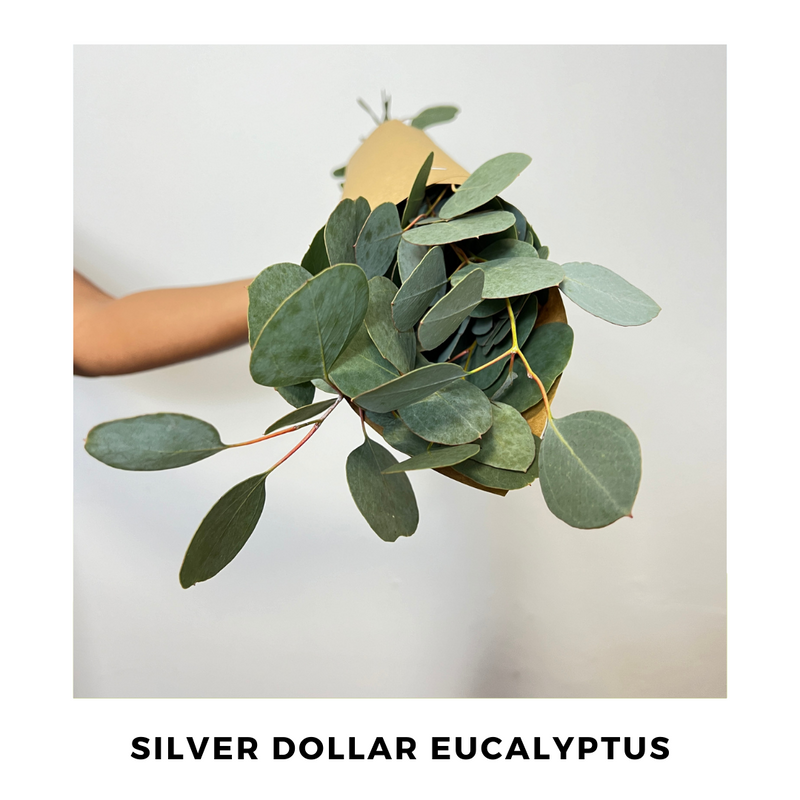
Silver Dollar Eucalyptus
Native to Australia, eucalyptus is known for its leaves, seeds and striking flowers. Every year they grow a new layer of bark and the outer layer dies and peels off. Sacred to Aboriginals, it represents the division of the underworld between earth and heaven. They consume the sapp called Manna, for medicine, for bowls, canoes, spears, shields, art, music, etc.
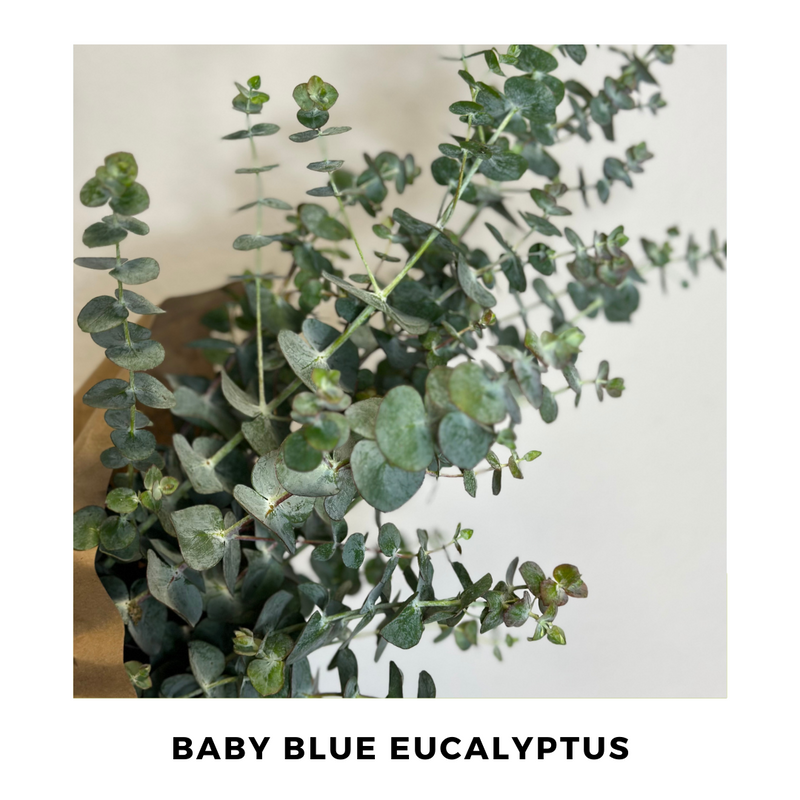
Baby Eucalyptus
Native to Australia, eucalyptus is known for its leaves, seeds, and striking flowers. Every year they grow a new layer of bark and the outer layer dies and peels off. Sacred to Aboriginals, it represents the division of the underworld between earth and heaven. They consume the sapp called Manna, for medicine, for bowls, canoes, spears, shields, art, music, etc.
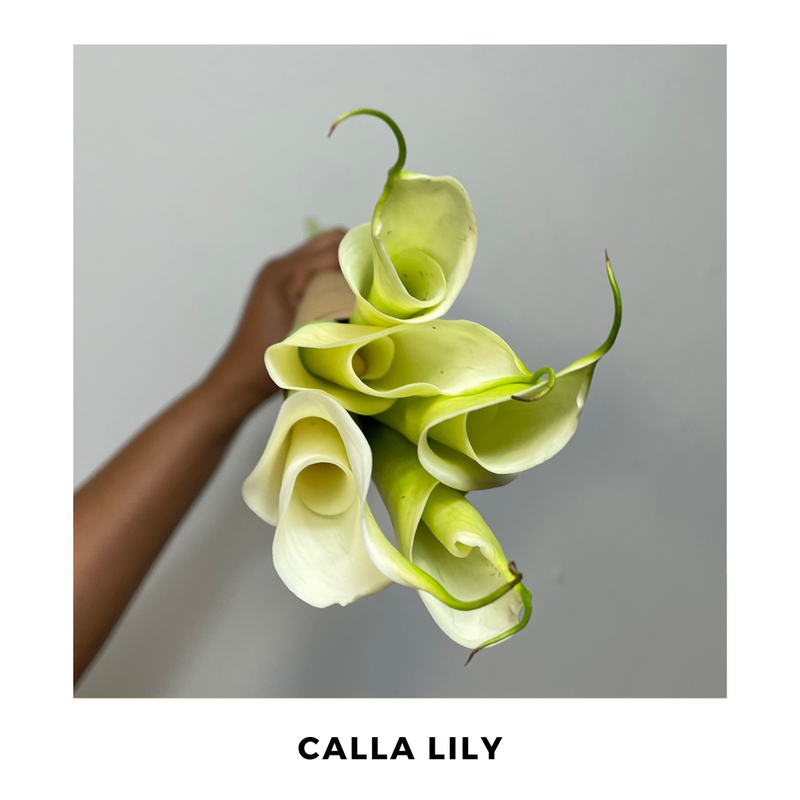
Calla Lily
Calla lilies or Zantedeschia are perennial flowering plants native to South Africa and Malawi. They were often used in the paintings of Frida Kahlo, Georgia O'Keeffe, and Diego Rivera. During the Victorian era, the gift of calla lily delivered an overtly sexual message.
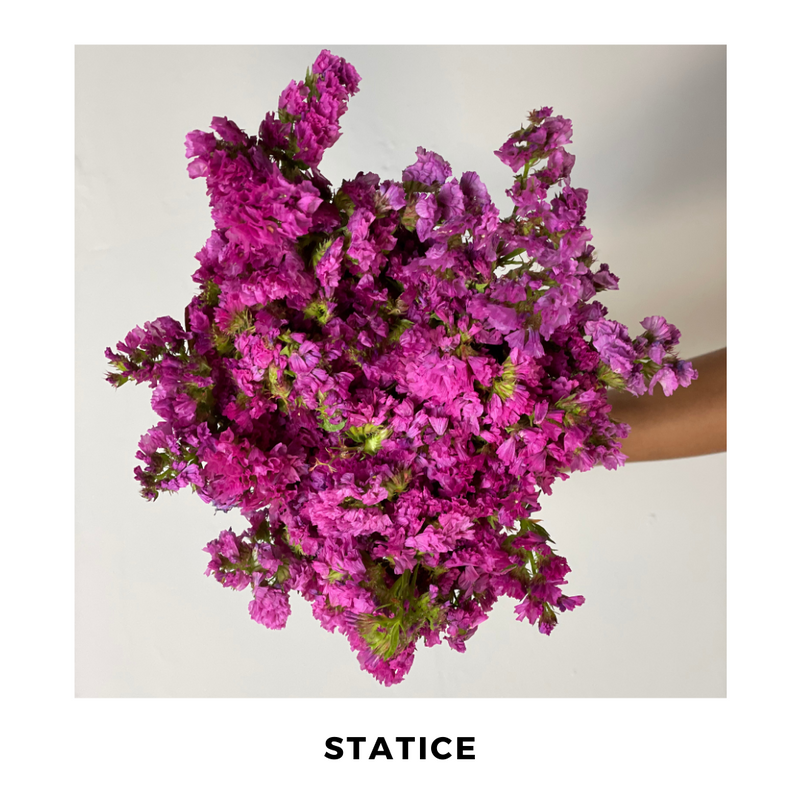
Statice
Statice or Limonium is native to Europe, Asia, Africa, Australia, and North America. They grow up to 7ft tall and have a long shelf life. Statice is used in dried flower arrangements because they retain color well and are hardy. Statice symbolizes remembrance.
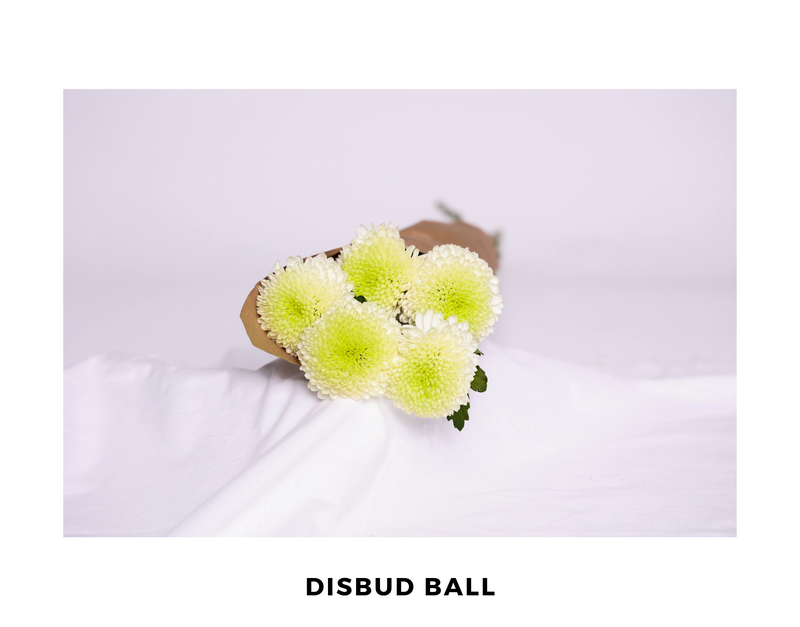
Disbud ball
Disbuds, also known as Ball Mums, boast large-flowered chrysanthemums with a single bloom per stem. Originating from Asia, they symbolize gratitude and admiration, infusing celebrations with an aura of exuberance and joy.
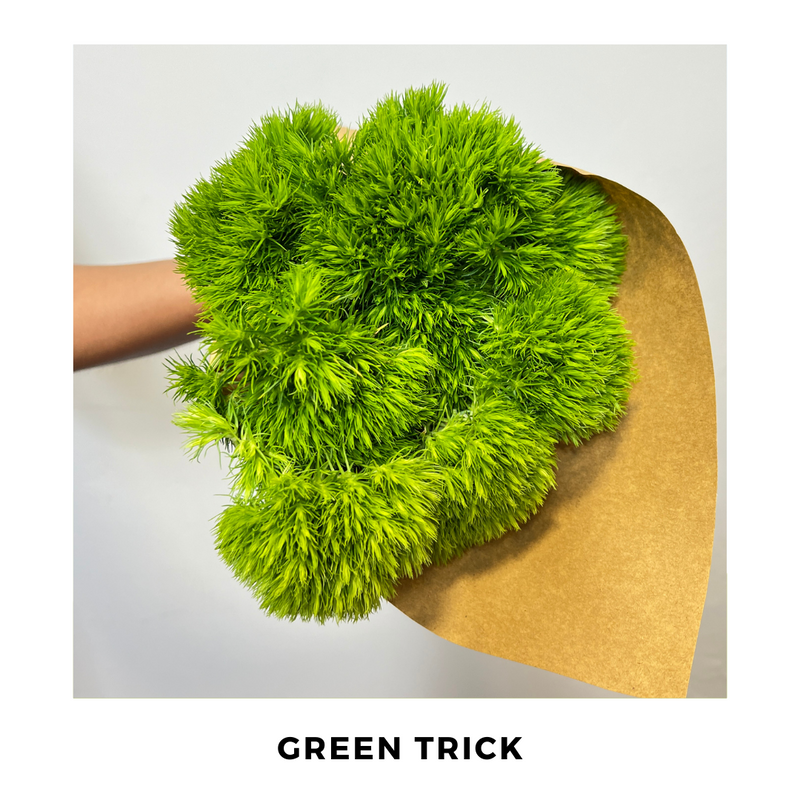
Green trick
Dosuere an morci lobortis scelerisque blandit cosmopolis.
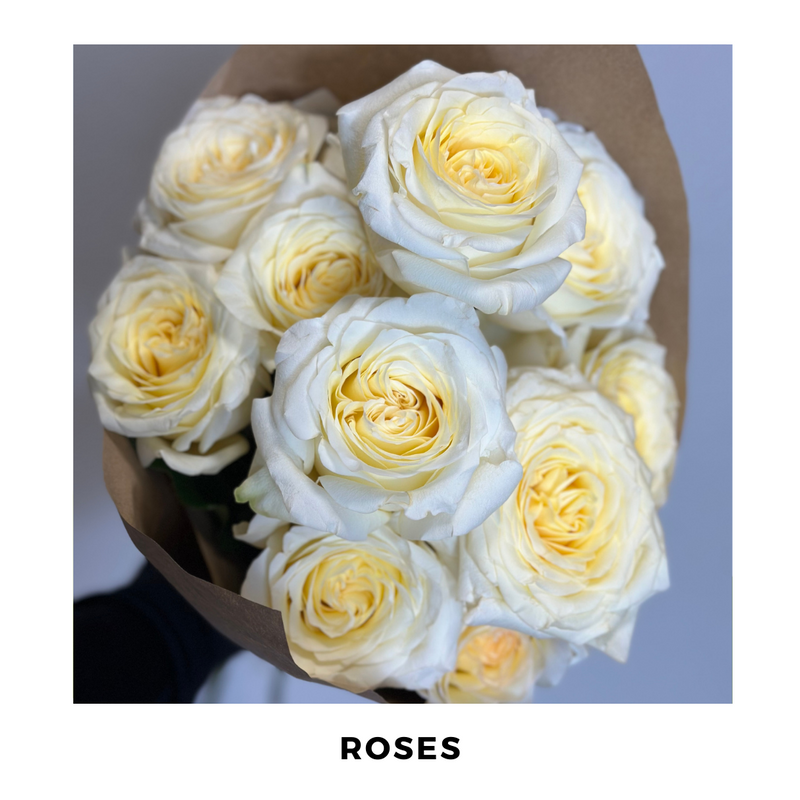
Roses
Most of the 300 species of roses are native to Asia and are used for floral design, landscaping and perfumes. There are about 35k rose hybrids and cultivars. Rose hips are produced as a supplement for their high vitamin C content. Roses are associated with the goddess Aphrodite and the Virgin Mary. They eventually led to the creation of the rosary and signify intrigue.
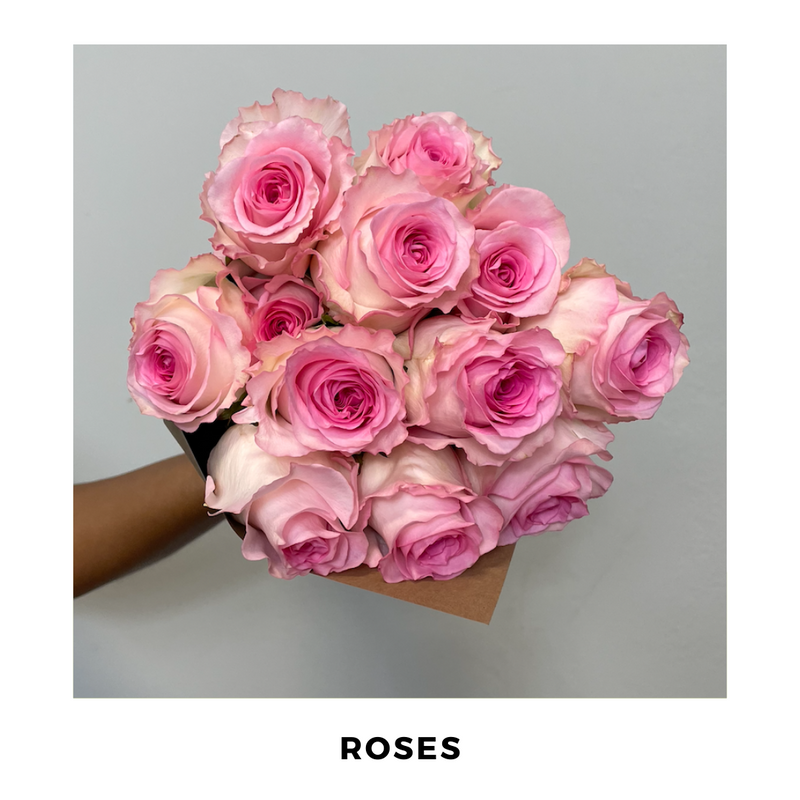
Roses
Dosuere an morci lobortis scelerisque blandit cosmopolis.
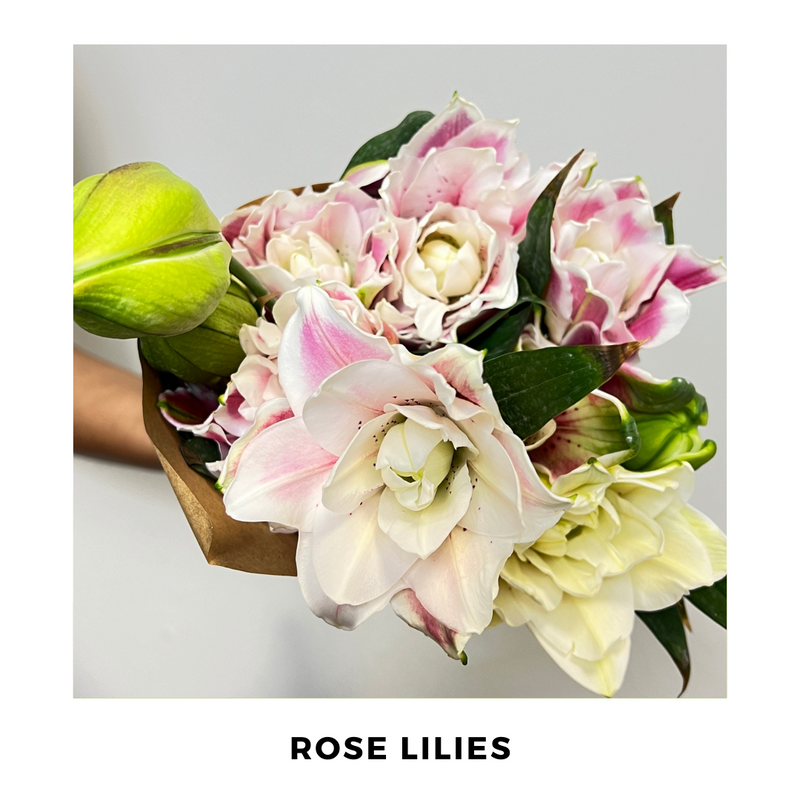
Rose Lilies
Rose lilies are a mesmerizing blend of Oriental and Trumpet lilies, symbolizing the intensity of passion and romance. Known for their large double flowers in pink, white, and bi-colored blooms, they exude elegance and allure, embodying the intertwining of love and beauty.


